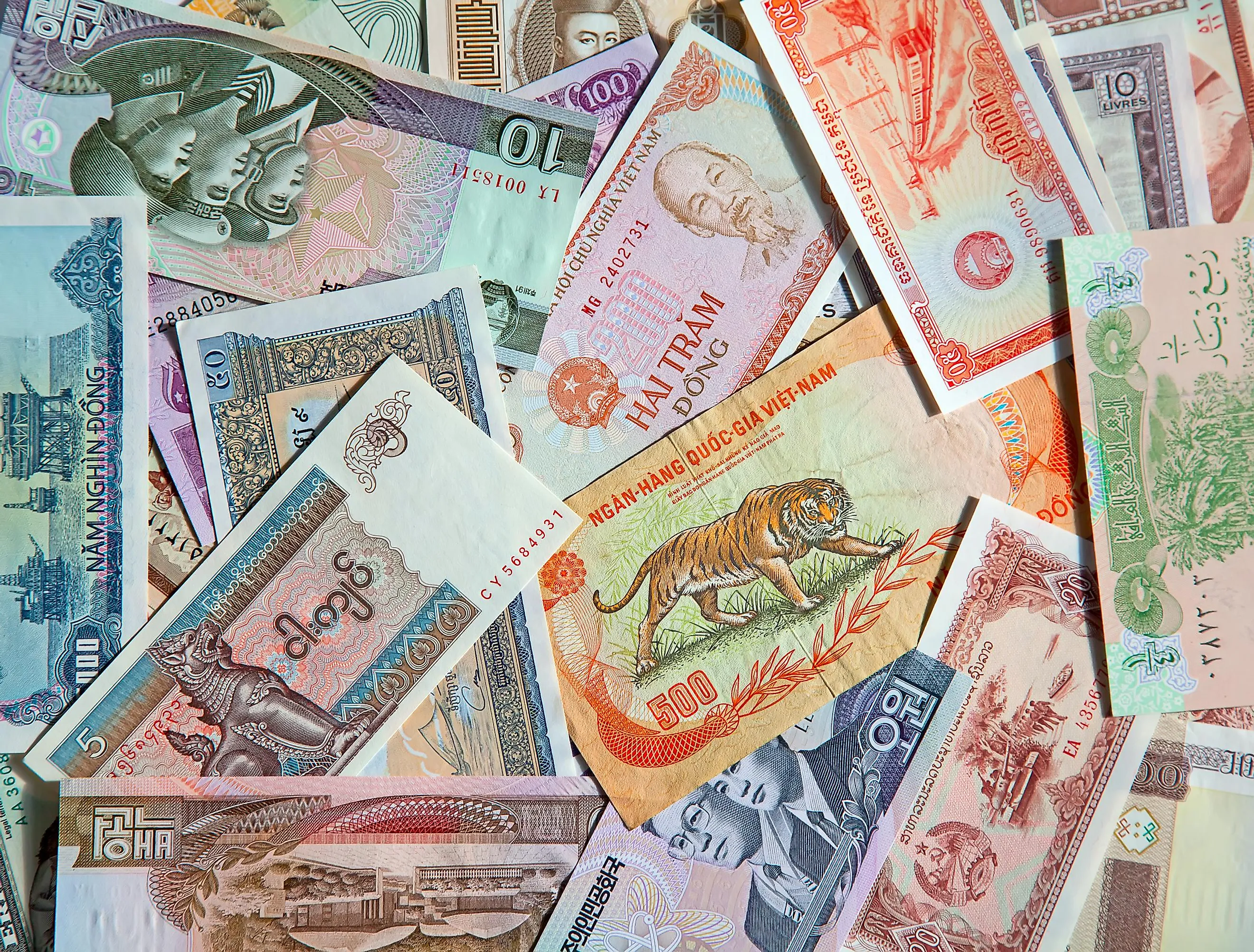
The 12 Strongest Currencies Of Asia
With a population of nearly 4.7 billion people, the Asian continent is home to an astonishing 59% of the world's total populace. In turn, this means Asia's economy is one of the largest and most diverse, spanning numerous countries and cultures. While market volatility and stability define many global economies, Asia's wide-ranging currencies reflect regional economic prosperity and growth. Based on recent 2022 data, this article looks at the 10 Strongest Currencies of Asia.
1. Kuwaiti Dinar
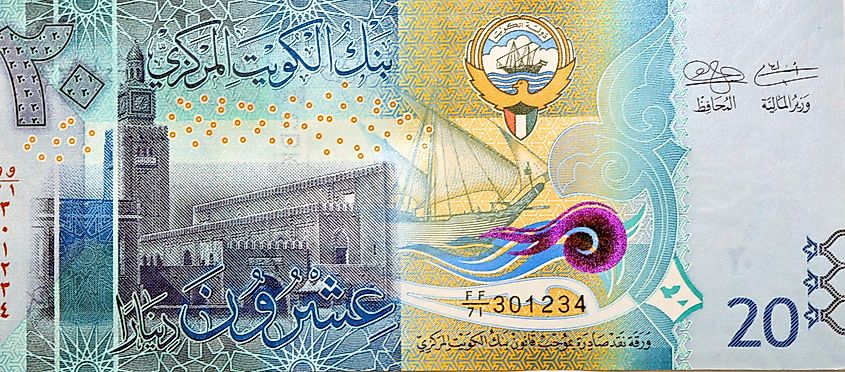
Kuwait's official currency is not only Asia's strongest currency but the one with the highest global value. Indeed, the Kuwaiti Dinar is more expensive than the Euro, the British Pound, and the United States Dollar! For one Kuwaiti Dinar, an equivalent of $3.25 American dollars can be obtained, or conversely, one American dollar fetches only 0.30 Kuwaiti Dinars. This oil-rich nation takes advantage of its wealth for one of the world's most prized currencies.
2. Bahraini Dinar
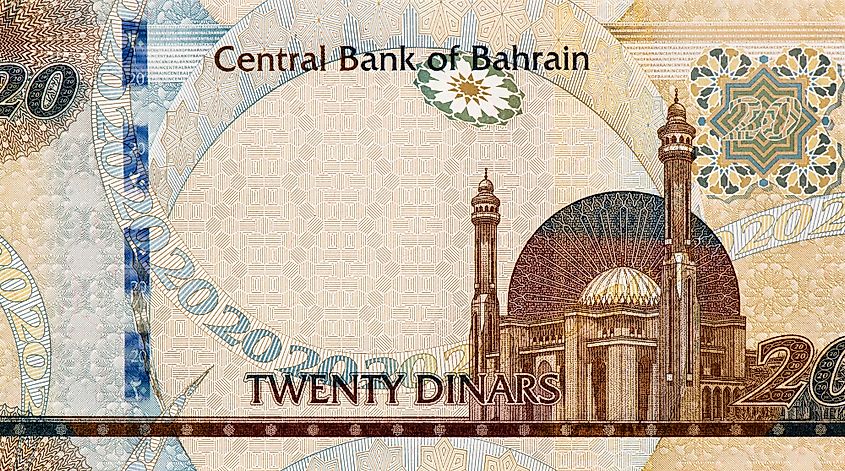
The Bahraini Dinar is not just one of Asia's strongest currencies but also closely ranks behind Kuwait as the world's second most valuable money. This local monetary juggernaut is indeed one of the region's most sought-after currencies, with one Dinar equalling $2.65 American dollars. Introduced in 1965, the Bahraini Dinar was issued to replace the former Gulf Rupee. Bahrain's economy benefits from strong banking, financial, construction, and petroleum export sectors. Petroleum alone accounts for 70% of the Bahraini government's revenue.
3. Omani Rial
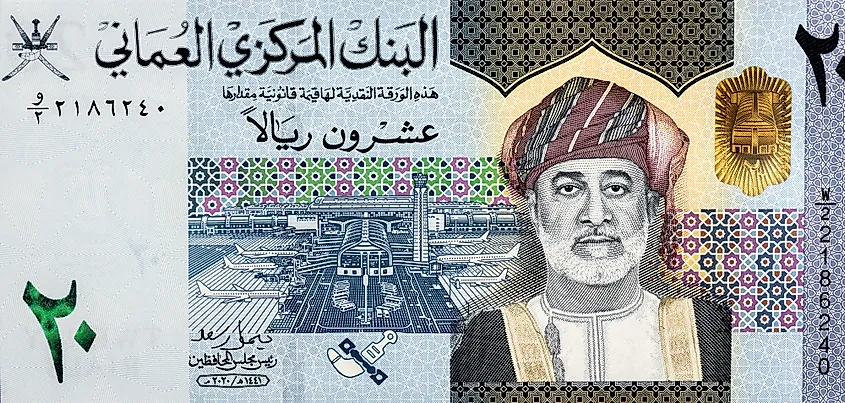
Oman's Rial shares a nearly identical value to the Bahraini Dinar, and one Rial equals roughly $2.60 American dollars. Historically Oman used Saudi Arabia's Rial as their currency until the Omani Rial replaced it in 1972. With one of the world's most high-income economies based on oil wealth, Oman is also amongst the oldest Arab nations in the Middle East.
4. Jordanian Dinar
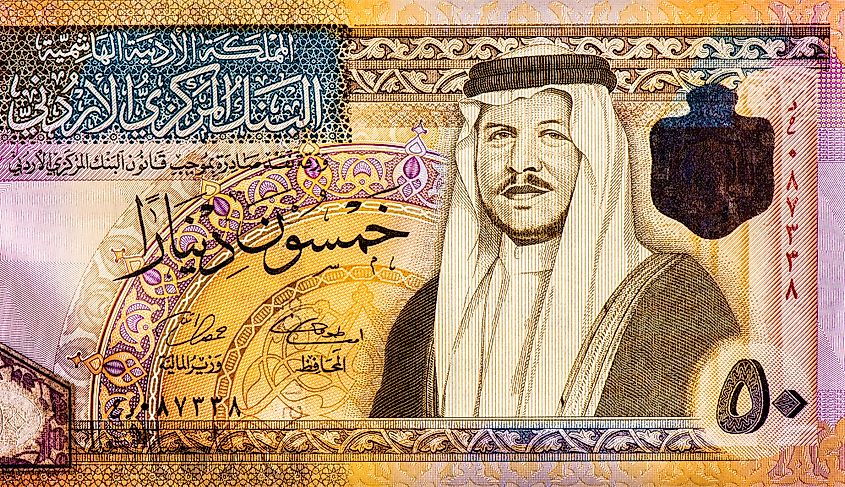
In circulation since 1950, the Jordanian Dinar is Asia's fourth most valuable and stable currency. With an exchange rate of one Dinar equivalent to $1.41 American dollar, Jordan's currency is also highly prized in countries with weaker economies. In some African nations, just a few thousand Jordanian Dinars will equal millions. Apart from Jordan, the Dinar is also widely used in the Palestinian West Bank.
5. Brunei Dollar
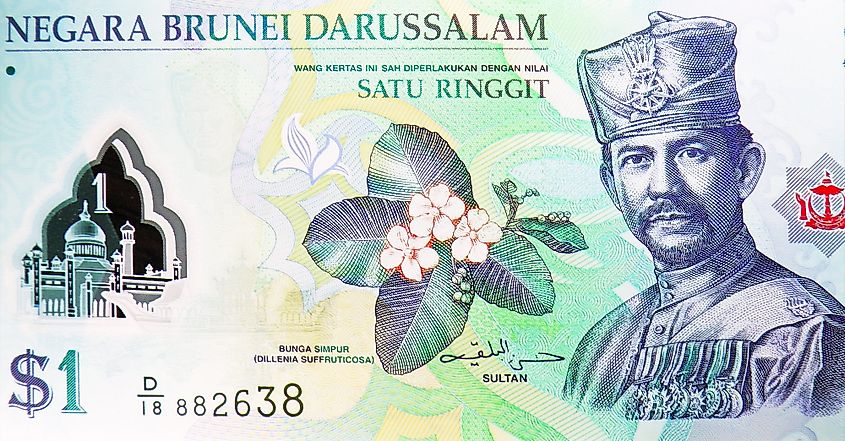
The small nation of Brunei is home to a population of only 460,000 yet boasts one of Asia's strongest currencies. Introduced in 1967, the Brunei Dollar is considered on par with the Singapore Dollar (1 Brunei Dollar = 0.73 USD), giving the country lucrative access to global markets that other small nations do not. Brunei Dollar began circulating in 1967 and the role of the Monetary Authority of Brunei Darussalam is to distribute the currency and manage the monetary policy. The value of Brunei's dollar has benefited immensely from the nation's oil exports. Brunei has further positioned itself as a booming center for international travel.
5. Singapore Dollar
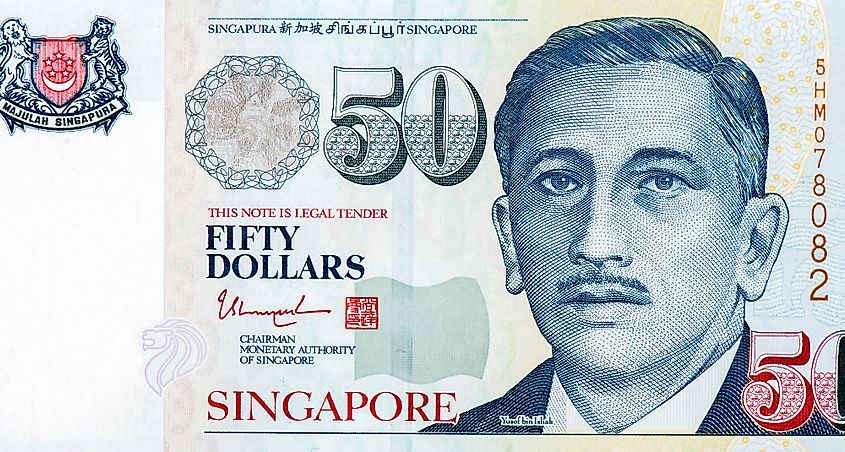
Singapore is one of the world's fastest-growing economies and is a major trading hub and an investment center for many foreign investors. The Singapore Dollar (= 0.73 USD) was first introduced in 1967 and earned its spot in the most sought-after currencies in Asia. In recent years, Singapore has positioned itself as one of the most valuable trading hubs of the world. Numerous multinationals have established operations in the country. The strong economy has boosted the currency's value.
7. Azerbaijan Manat
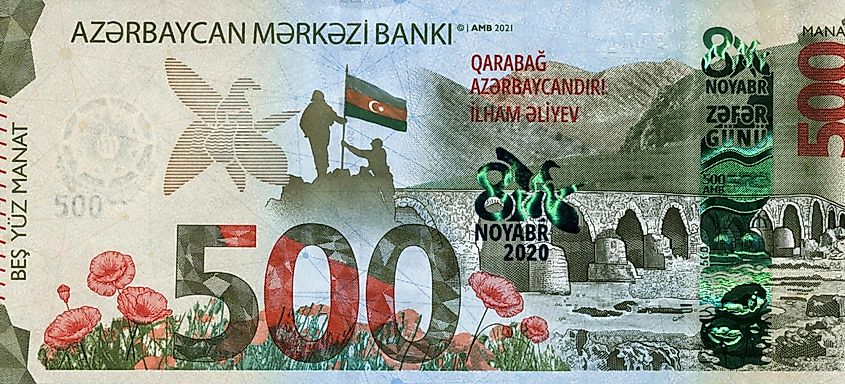
Azerbaijan's Manat is currently value at 0.59 USD. In recent years, Azerbaijan's currency has remained relatively stable and continues to be one of Asia's most used and robust currencies. The country's transition to an oil-based economy in the post-Soviet era greatly contributed to strenghtening its economic condition and boosting the power of its currency.
8. Turkmen Manat
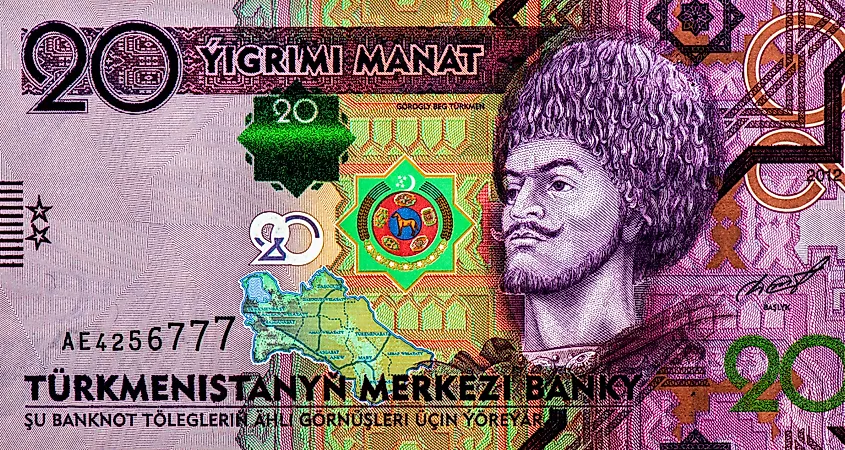
The Manat replaced the Russian ruble in Turkmenistan on November 1, 1993. Manat was the word used to refer to the Soviet ruble in Turkmen and Azeri. Turkmenistan has been identified as having a rapidly growing economy. The country prides in massive oil and gas resources and through intensive agriculture in irrigated regions, it has been able to transform its desert territory into a top producer of cotton and wheat. The Central Bank of Turkmenistan is empowered to distribute the Turkmenistan Manat which is valued at USD 0.29.
8. Israeli Shekel
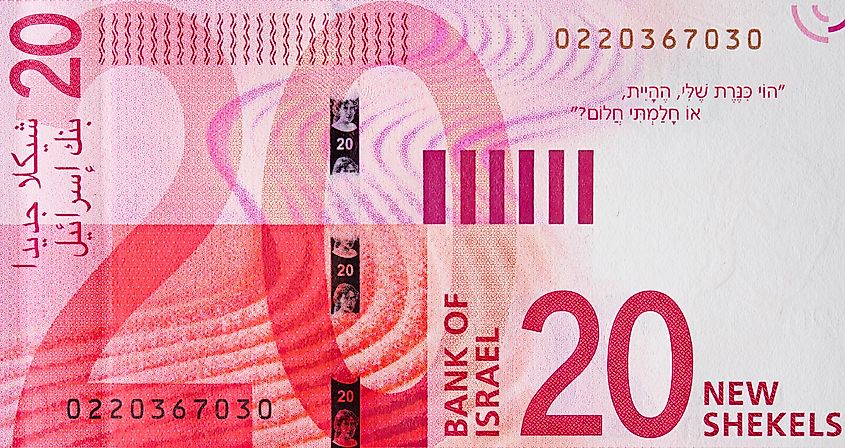
Israel's Shekel is currently in its second itineration, replacing the old Shekel in 1986. This Israeli currency is used not only in Israel but across the occupied Palestinian territories. As one of the Middle East's (and, in turn, Asia's) leading developed nations, Israel also boasts the world's 29th largest economy. Currently, the Israeli Shekel is Euro 0.24 or USD 0.29.
10. Saudi Riyal
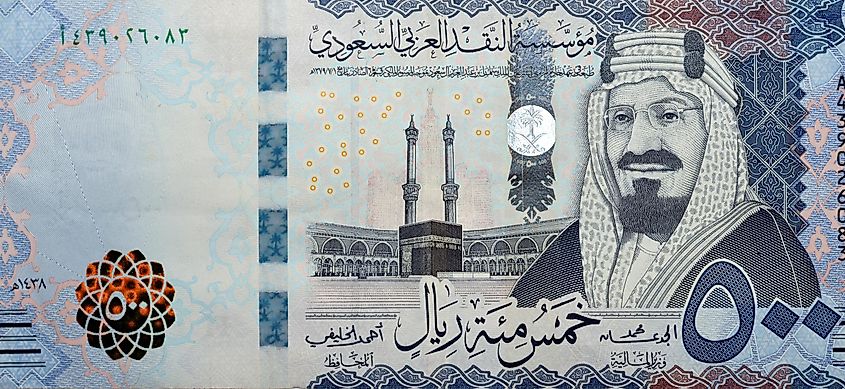
The Saudi Riyal is, not surprisingly, one of Asia's strongest currencies, given the wealthy nation to which it belongs. Saudi Arabia hosts one of the world's largest oil reserves. However, the country is also trying to diversify its economy in recent times to reduce its dependance on oil. It has also made its rules less stringent over time to encourage tourism and business from foreign countries.The Saudi Riyal is worth USD 0.27.
10. UAE Dirham
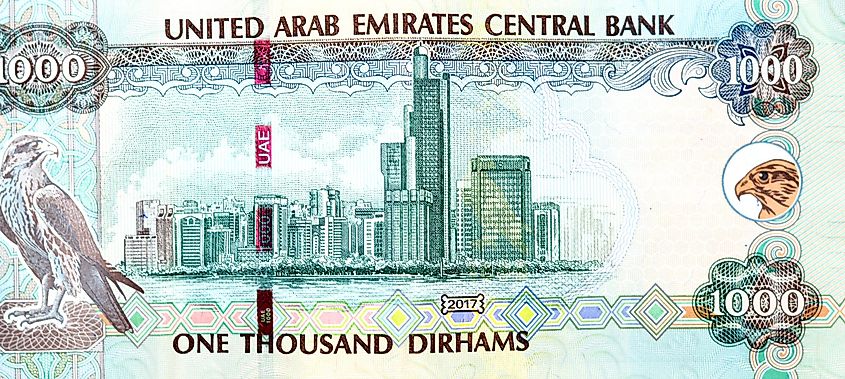
The Emirati dirham circulates in the United Arab Emirates, and it is made up of 100 fils. It was unveiled on May 19, 1973, as the replacement of the Qatar and Dubai riyal. The UAE boasts the second biggest economy in the entire Arab world. Oil drives the country's economy although it has implemented many efforts to diversify its economy. The Emirati Dirham is worth USD 0.27. The Central Bank of the United Arab Emirates is in charge of the country’s monetary policy.
10. Qatari Riyal
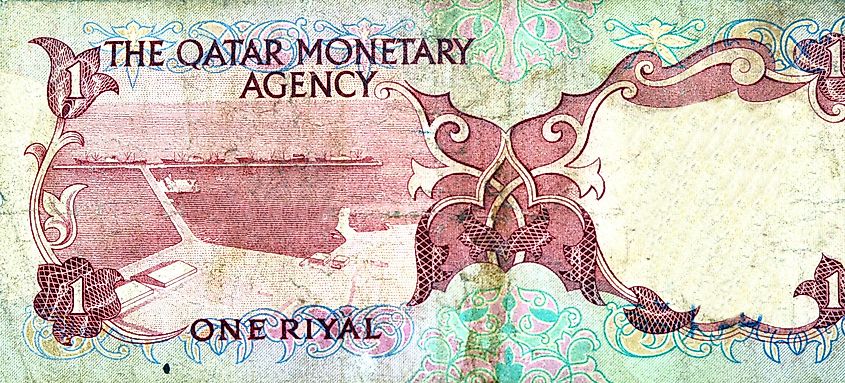
The Qatari Riyal formally replaced the Indian rupee in 1966. The high value of the Qatari Riyal is attributed to its lack of inflation and its stability as witnessed in recent years. Qatari Riyal is broken down into 100 dirhams and is abbreviated as QR. The country’s economy is reliant on liquefied natural gas as well as petroleum. These two resources make up 60% of Qatar’s GDP, approximately 85% of export returns, and over 70% of the government’s revenue. The Qatar Central Bank retains the power to distribute the currency which is worth USD 0.27.
Across various cultures and geographies, Asia's economies and respective currencies reveal an abundance of diversity. These ten strongest currencies ranging from the Middle East to the Indian Ocean, each tell a story of regional economic well-being and the power of international trade.
| Rank | Country | Currency | Worth In USD |
|---|---|---|---|
| 1 | Kuwait | Kuwaiti dinar | 3.25 |
| 2 | Bahrain | Bahraini dinar | 2.65 |
| 3 | Oman | Omani rial | 2.60 |
| 4 | Jordan | Jordanian dinar | 1.41 |
| 5 | Brunei | Brunei dollar | 0.73 |
| 5 | Singapore | Singapore dollar | 0.73 |
| 7 | Azerbaijan | Azerbaijani manat | 0.59 |
| 8 | Turkmenistan | Turkmen manat | 0.29 |
| 8 | Israel | Israeli new shekel | 0.29 |
| 10 | Saudi Arabia | Saudi riyal | 0.27 |
| 10 | United Arab Emirates | UAE Dirham | 0.27 |
| 10 | Qatar | Qatari riyal | 0.27 |
| 13 | Malaysia | Ringgit | 0.22 |
| 14 | China | Chinese Renminbi (yuan) | 0.14 |
| 15 | Hong Kong | Hong Kong dollar | 0.13 |
| 16 | Tajikistan | Somoni | 0.098 |
| 17 | Maldives | Maldivian rufiyaa | 0.065 |
| 18 | Turkey | Turkish lira | 0.054 |
| 19 | Taiwan | New Taiwan dollar | 0.032 |
| 20 | Thailand | Baht | 0.028 |
| 21 | Russia | Russian Ruble | 0.017 |
| 21 | Philippines | Philippine peso | 0.017 |
| 23 | Kyrgyzstan | Kyrgyzstani som | 0.012 |
| 23 | India | Indian Rupee | 0.012 |
| 23 | Bhutan | Bhutanese ngultrum | 0.012 |
| 26 | Afghanistan | Afghan afghani | 0.011 |
| 27 | Bangladesh | Taka | 0.0097 |
| 28 | Nepal | Nepalese rupee | 0.0077 |
| 29 | Japan | Yen | 0.0072 |
| 30 | Pakistan | Pakistani Rupee | 0.0045 |
| 31 | Yemen | Yemeni rial | 0.0040 |
| 32 | Sri Lanka | Sri Lankan rupee | 0.0027 |
| 33 | Kazakhstan | Kazakhstani tenge | 0.0022 |
| 34 | North Korea | North Korean won | 0.00110 |
| 35 | South Korea | South Korean won | 0.00075 |
| 36 | Iraq | Iraqi dinar | 0.00068 |
| 37 | Lebanon | Lebanese pound | 0.00066 |
| 38 | Myanmar | Kyat | 0.00048 |
| 39 | Syria | Syrian pound | 0.00039 |
| 40 | Mongolia | Mongolian togrog | 0.00030 |
| 41 | Cambodia | Cambodian riel | 0.00024 |
| 42 | Uzbekistan | Uzbek soum | 0.000089 |
| 43 | Indonesia | Rupiah | 0.000064 |
| 44 | Laos | Lao kip | 0.000058 |
| 45 | Vietnam | dong | 0.000040 |
| 46 | Iran | Iranian rial | 0.000024 |











